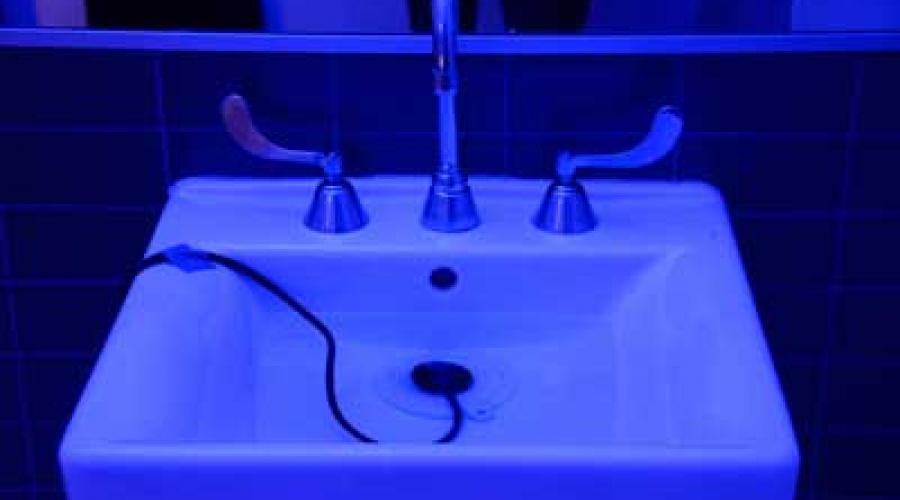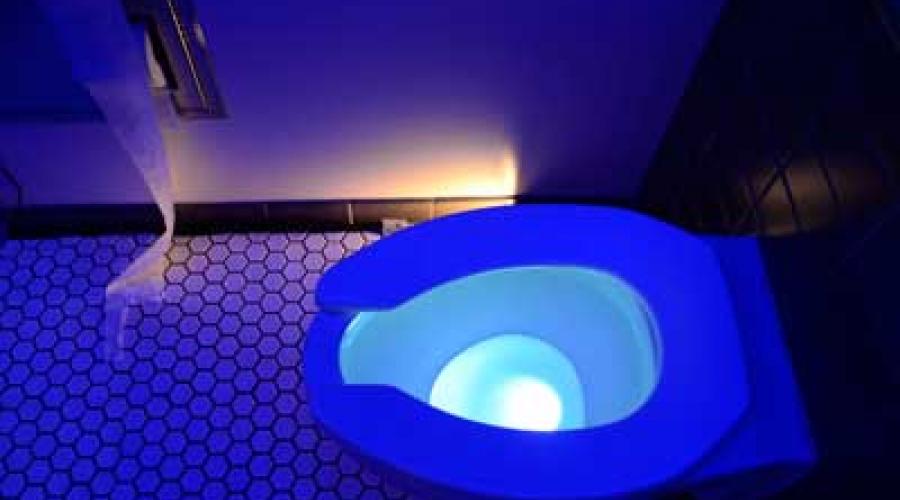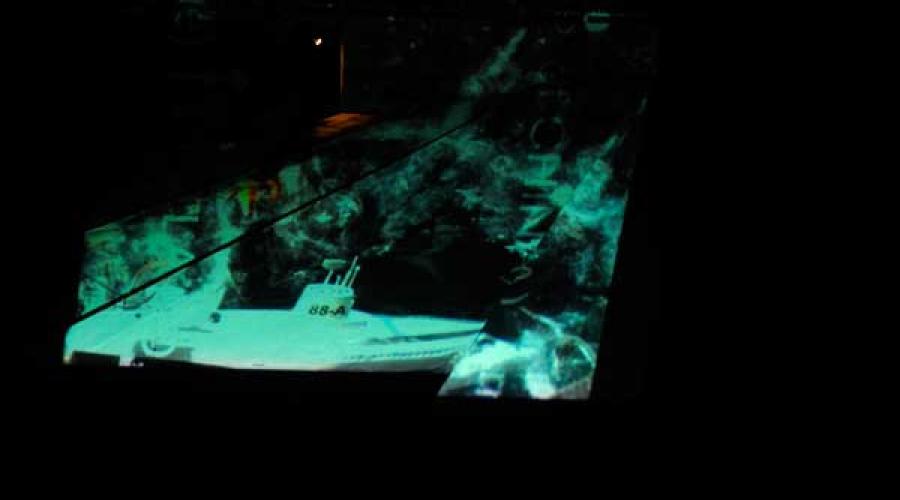Archive
CNMAT Flashback
A look back at some items in our archives.
Jan-Mark Batke (Technicolor): Spatial Audio Formats
Frank Gratkowski, Chris Brown, Willy Winant, and David Wessel
Archive Browser
Base.Mat.1 - Coitus_More_Ferarum
Images from rehearsal + performance of "Base.Mat.1 - Coitus_More_Ferarum" at the CIM Art Residency, Morelia, Mexico, July 2010
Submarine Installation - CCRMA
Submarine / Short Films About Water / Middle Harbor
Documentation from Illuminated Corridor May 2010, Ian Winters and Evelyn Ficarra's Submarine / Short Films About Water.
Emmanuel Witzthum concert
Emmanuel Witzthum Townsend Resident Fellow 2012
Embryo: An Acoustic Drawing
This is an acoustic speaker using copper foil "circuitry" adhered to a paper surface (12" x 16"). The piece, titled Embryo, represents a few important aspects of my current paper speaker research.
Audio Speaker Earrings
This paper speaker technology can also be applied to more practical uses. Here we see Kari sporting a pair of paper speaker earrings which I designed. Again, there is copper foil adhered to paper. Magnets are attached nonpermanently through attraction on both sides. The earrings come with detachable cable which can be plugged in as desired.
Topologies for Paper Speakers
This figure shows the three basic topologies of circuit design for paper speakers which I have explored. All three designs can generate a magnetic field capable of driving audio.
computer keyboard Audio Speaker
One way to quickly and easily make an flat audio speaker is to re-appropriate already printed electronics. This is a speaker which uses the innards of a computer keyboard. A small grid-like layer of silver ink has been applied to a thin plastic surface, which is used to read keystrokes.
Large Multi-Hexagram Speaker
The same parallel/serial structure used to produce the smaller hexagram speaker at the top of this page can also be multiplied to make larger speakers. The more hexagram parallel structures (with magnets attached), the greater the potential volume output. This sheet (12" x 17" approx) is enough to drive a very robust signal.
Recipe for a Paper Speaker
Screen Printed Speaker
Here's two different conductive inks. The black bare conductive ink has better printing properties - it can pass easily through a 130 mesh screen and won't dry up. However, it's resistivity is higher than the copper paint on the left. The copper paint, from less EMF, is problematic for basic screen printing.
Multi-Channel Paper Speaker
This is a 4-channel paper speaker. Note that the geometry of the electromagnetic field production, and the 4-channel system has been intentionally obscured by artistic concerns. With these 2-d speaker arrays, artistic and design possibilities open up for sound art, sound installation, patterning and graphic design, which are not part of standard sound reproduction aesthetics.
Audio Speaker/Half-tone Photo
It is also possible to explore photographic material as a basis for flat audio circuitry design.
Cullen-piano sample recording-Hertz Hall
Daniel Cullen created a sound booth around a grand piano in Hertz Hall using the concert sound panels. This allowed for close miking of the instrument with solid noise isolation.













